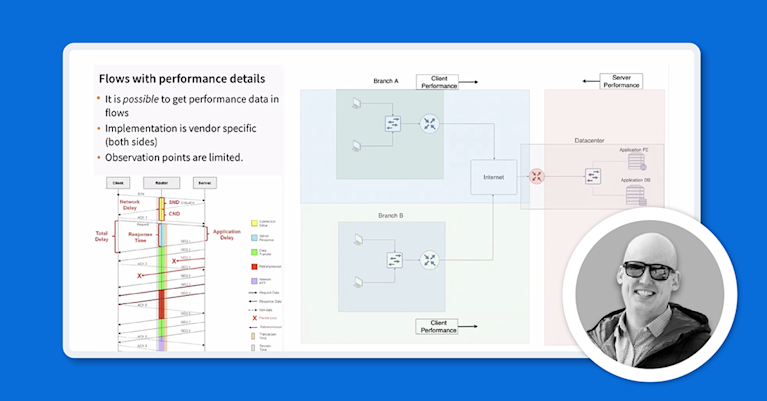The Consolidation of Networking Tasks in Engineering


Summary
The advent of various network abstractions has meant many day-to-day networking tasks normally done by network engineers are now done by other teams. What’s left for many networking experts is the remaining high-level design and troubleshooting. In this post, Phil Gervasi unpacks why this change is happening and what it means for network engineers.
In recent years, the rapid development of cloud-based networking, network abstractions such as SD-WAN, and controller-based campus networking has meant that basic, day-to-day network operations have become easier for non-network engineers. The result we’re starting to see today is a sort of consolidation of networking tasks, leading to a need for only a small number of highly skilled network engineers to handle the less frequent heavy lifting of advanced design and troubleshooting.
Network abstractions make it easier
One of the major drivers of this consolidation is the rise of cloud-based networking, such as AWS and Azure, which provide a centralized platform for network engineers to manage their cloud network infrastructure. The major cloud providers made it very easy for non-network engineers to handle basic networking operations, such as setting up VPNs and configuring firewalls. The major cloud platforms also provide a centralized view of the cloud network, making monitoring and troubleshooting issues easier without having to be a high-level engineer.
Also, think about the development of network abstractions such as SD-WAN and controller-based campus networking. Among other things, SD-WAN abstracts the underlying network infrastructure allowing network engineers to focus less on configuring interfaces and more on the business requirements of the network. Though there’s undoubtedly a technical component to even the most user-friendly SD-WAN, generally, they make it easier for non-network engineers to manage basic networking operations, such as configuring branch office connectivity, simple security policies, remote access VPN, and routing.
In the same way, controller-based campus networking solutions provide a centralized platform for managing campus networks, also making it easier for non-network engineers to handle the more mundane aspects of campus networking. Rather than memorizing many commands and understanding how protocols like STP or BPDU Guard work, engineers can click through templates and menus in a controller to set up their layer 2 networks. The controller abstracts a lot of the very low-level configuration away.
The new role of the network expert
So, what’s left? The consolidation of network engineering has led to a need for only a few highly skilled advanced network engineers. These advanced network engineers are responsible for designing and implementing complex network infrastructure, such as data center and service provider networks. They’ll still need that deep technical understanding of networking beyond the fundamentals when things inevitably (but infrequently) break.
For example, a cloud engineer may be a novice in how encapsulation technologies work. Still, they can use the SD-WAN controller to set up connectivity between their on-prem data center and AWS instance quickly and easily. However, when a problem can’t be solved by simply looking through the controller settings, the high-level networking expert is brought in to analyze packet captures and log to eventually see an MTU mismatch in the configuration.
As much as we, as practicing network engineers, feel like these kinds of problems happen constantly, they really don’t. It just feels that way because it’s all we work on from project to project. In reality, the bulk of network operations activity is mundane configuration and monitoring. This is why I believe that we’re seeing a consolidation of network engineers, at least higher-level ones.
Just like we saw with technologies like BGP go from only on the CCIE exam, then the CCNP exam, and now on the CCNA, the last remaining high-level network engineers will be the experts still being kept around when things really fall apart, while cloud engineers, developers, systems administrators, and so on will be doing the mundane work of simple network operations using whatever UI they’re working in that day.


